I wrote a traditional, book-style PhD dissertation, mostly because I actually knew nothing about the three-papers model, and when my advisor saw how far ahead I already was, he decided to just keep my thesis as a book. In hindsight, I wish I could have reformatted it as a three-papers thesis and publish it in advance. But at the time, The University of British Columbia (UBC, where I did my PhD) wasn’t keen on this format for all doctoral students (this has changed in the past few years, as has the format for comprehensive examinations!).
At any rate, I now try to advise all my doctoral students to do a 3-papers dissertation, because it gives them publications by the time they’re done, it helps them think as researchers more than as students, and it allows them to test the submission-rejection-revision-resubmission process as they move forward.
As I have already written about, a PhD is an original contribution to the knowledge. It demonstrates you know stuff broadly and deeply. Writing a doctoral dissertation shows that you can undertake independent research. One way to demonstrate this is to write 3 separate papers that have a common thread, and where each of them makes an original contribution and it is an independently conducted piece of research.
To help my doctoral students, I created this Overview Device: the Dissertation Analytical Table (DAT).
The Dissertation Analytical Table (DAT) complements the Dissertation Two Pager (DTP), another Overview Device I use with my students to help them see their overall research from a vantage point. Every student of mine (undergraduate, Masters or PhD-level) wants to Do All The Things, so I frequently sit down with them and discuss what exactly doing an honors undergraduate thesis, a Masters’ thesis and a PhD dissertation entails, and then tell them to stick to what the requirements are.
The table is comprised of the following columns:
• Case study/field site
• Research question
• Theoretical framework
• Empirical strategy
• Research methods
• Expected results/explanations of phenomena
• Contribution (theoretical/empirical/both)
An example of one of these papers would be, if my students’ doctoral dissertation were something like “Essays on the Politics of Garbage Governance”.
The table is comprised of the following columns:
• Case study/field site – Aguascalientes, Mexico compared with Leon, Mexico
• Research question – What explains the variation in approaches towards privatization of waste collection in Mexican cities?
• Theoretical framework – Literature from privatization/remunicipalization (Bel/Warner, etc.) – perhaps historical institutionalism?
• Empirical strategy – fieldwork based, comparative- historical.
• Research methods – elite interviews, participant observation, archival research.
• Expected results/explanations of phenomena – I expect to identify sources of variation in decision-making, perhaps party politics, perhaps regulatory capture?
• Contribution (theoretical/empirical/both) – This paper is the first one of its kind studying privatization/remunicipalization of garbage in Mexican cities, specifically the ones I chose as case studies. Therefore, more of an empirical contribution.
In theory, my student could choose garbage governance in Mexico as the main general topic, or simply waste management across countries and choose two countries. The advantage of such a simple approach to the Dissertation Analytical Table is that you can do any and every kind of combination to create a theoretical, or an empirical contribution, or both.
Where I think the DAT is particularly powerful is in helping students develop solid research questions. This is a very important exercise, and one that is often poorly done, or only executed at the proposal writing/defense stage.
RESOURCES:
I found a few resources for those of you considering (a) supervising a 3 papers-thesis or (b) undertaking a 3 papers-thesis.
- Dissertation Guidelines from the University of North Carolina Charlotte: Includes a couple of examples of theses that have already been done this way
- Wageningen University and Research’s free repository of open access doctoral dissertations: Amazing resource, I found a great dissertation that could very well pass for a book-style one, but in fact is a 3-papers’ thesis.
- On the Thesis Whisperer blog: A perspective on the 3 papers’ thesis by someone who actually did one.
- Cornell University’s guidelines (including a list of which fields DO allow a 3 papers’ thesis.
- University of Western Australia has an amazing resource which clearly explains pros, cons and challenges of a 3 papers’ thesis, and more generally, what exactly does doing a PhD entail.
- The University of British Columbia has a great website on the scope of the doctoral dissertation that I believe makes things clear for those who aren’t sure about what exactly does doing a PhD thesis entail (full disclosure: I did my PhD at UBC and I was also faculty there until 2012).
Hopefully my Dissertation Analytical Table (DAT) method will be able to help students and supervisors alike! You can, of course, adapt it any way you want to.
If you liked this blog post, you may also be interested in my Resources for Graduate Students page, and on my reading notes of books I’ve read on how to do a doctoral degree.


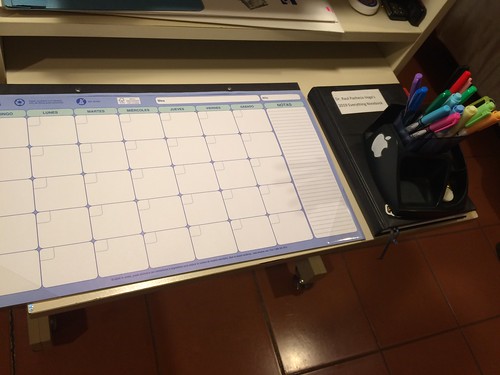
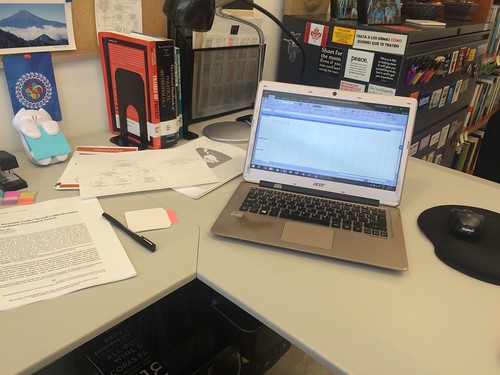
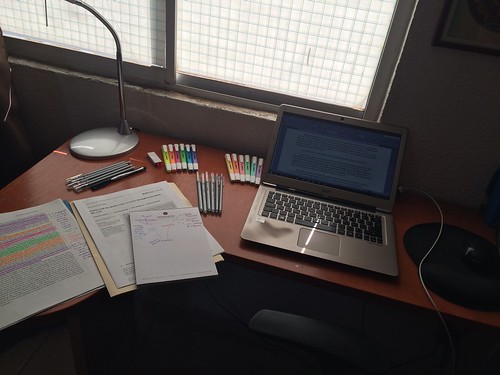
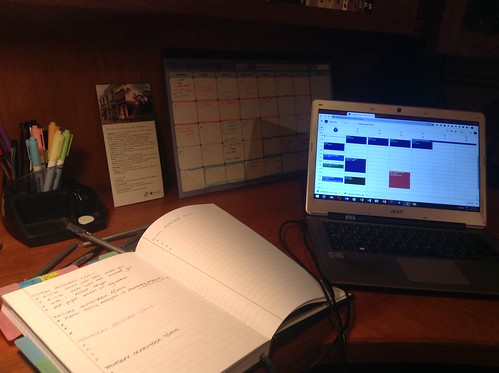
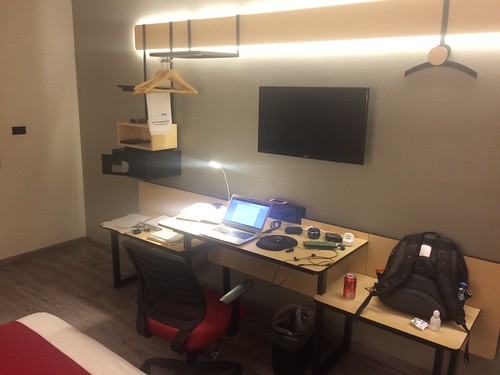



Recent Comments